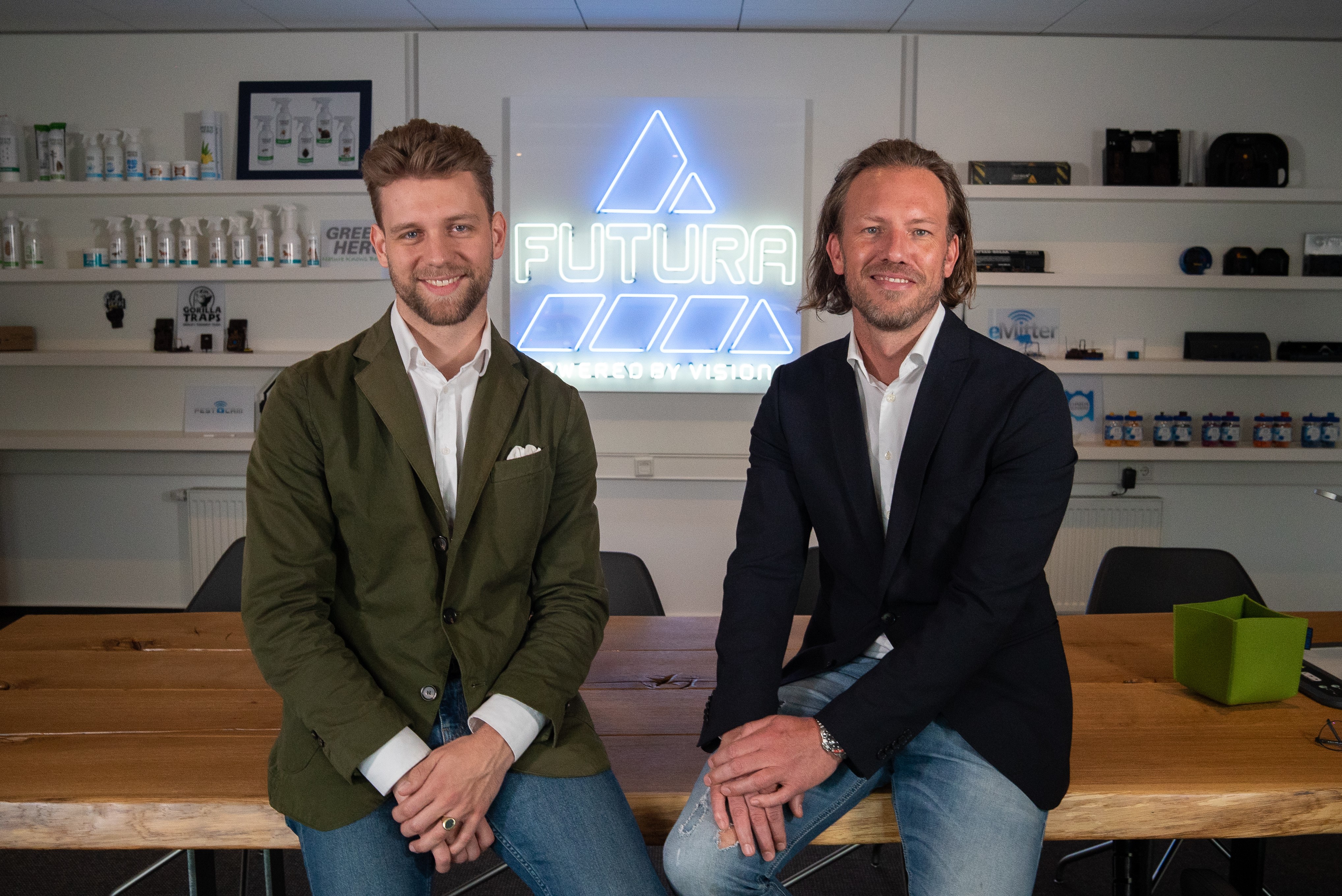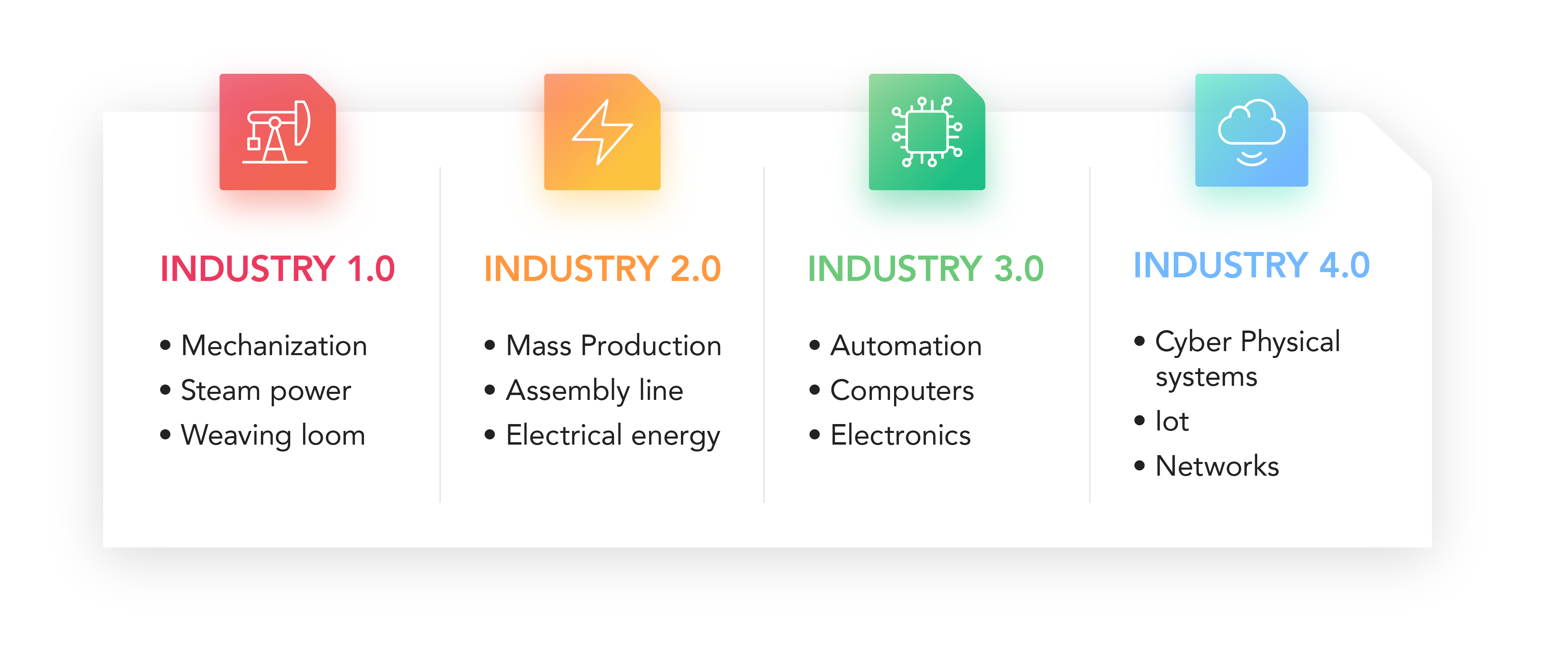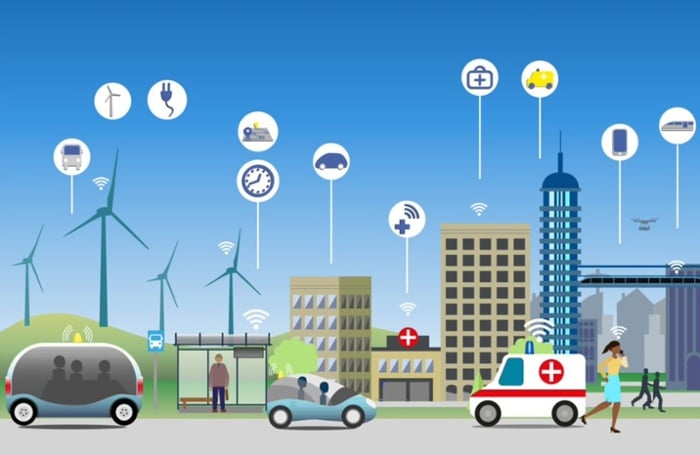

Smart farming – challenges in traditional agriculture
The challenges in agriculture are increasing in all regions of the world. While the developed world is mainly concerned with structural change in rural areas, the world’s growing population is increasingly noticeable and a growing concern in developing parts of the world. Almost ten billion people will have to be fed by 2050. Coping with this mammoth task is made more difficult by the consequences of increasingly visible climate change, impacting farmers worldwide. In Germany alone, the hot summer of 2018 led to serious crop failures. However, climate change is affecting the poorest countries hardest, whose existence depends largely on agriculture. In order to protect future food security, our agriculture must become more sustainable and resource efficient. Digitization can help the agricultural industry do just that through multiple technology-enabled solutions referred to collectively as smart farming.
What is smart farming?
Smart farming encompasses all agricultural processes that aim to increase efficiency rather than capacity. The goal of smart farming is to create an efficient and optimal ratio of input and output through intelligent and goal-oriented analysis, planning, and observation. The available resources should be processed optimally and according to individual requirements. To achieve these goals, essential data is collected and aggregated to generate an optimized process chain. This collection process is done using sophisticated sensor technology.
The terms “smart farming” and “precision farming” are often used interchangeably. However, these two terms must be clearly delimited. “Precision farming” focuses mainly on arable farming (e.g. site-specific management and documentation) while “smart farming” is more holistic, aiming to relieve the farmer in all parts of his business with intelligent electronics, and to bring about additional cost savings.
How can smart farming solve today’s agricultural challenges?
The expected benefits of digitization for smart farming can be summarized as follows:
- The physical labor put into farming is reduced, for e.g. through reduced documentation and planning effort, optimized task status lists and automation of processes
- Improved decision-making via greater transparency thanks to ongoing monitoring, warnings and recommendations in real-time
- By exchanging data and information with third parties, simple order processing, certification and traceability, consumer information and communication (via smart phone) is also possible
- Overall, it can be expected that process improvements can be achieved through continuous monitoring and an increase in knowledge, for example through AI applications.
What does this look like in practice?
- Weather apps, drones and other data management systems help optimize tillage and harvesting methods and digital solutions – for example for basic fertilization and nitrogen fertilization – enable plants to be supplied better and more efficiently.
- Complex processes, such as silage maize or sugar beet harvest, can be monitored in real time and jointly organized.
- Feed robots, measuring devices for determining milk content or climate control systems make a significant contribution to animal welfare and environmental protection.
- They also serve to make work easier. Animal behavior can therefore be determined and assessed through new developments in sensor technology.
Smart farming in action today
Farmers today are already using proven smart farming solutions, for example different feeding and milking robots that work without human intervention and document and transfer their process data. The robot collects data, such as the amount of feed or animal health, and the farmer can view this via their computer or smartphone.
In the future, GPS technology could be used to measure plot sizes and sow seeds. This technology is already being used by some farmers today for fertilizing large plots of land. The system detects the position of the tractor in the field and thus prevents fertilization outside the field. By precisely recording the cycle radius, double fertilization is avoided.
Meet FarmBot
Another interesting and useful example of functioning, digital agriculture is the FarmBot network. The FarmBot network is an idea for an intelligent smart farming platform. The concept shows the possibilities and advantages that arise when smart agricultural robots (so-called “FarmBots”) are combined with innovative technologies such as artificial intelligence (AI) and the Internet of Things (IoT). As a result, the FarmBot network provides a successful example of an urban agricultural project that not only improves the supply of agricultural products in urban areas, but also creates a more intelligent and social way of life through communities. The concept thus notices the major issues of our time such as climate change, the growing world population and the trend towards urbanization, and tests smart solutions for them.
The technology behind the FarmBots comes from the Californian Company of the same name, FarmBot. With the start-up's intelligent agricultural robot, plants can be automatically grown with minimal effort for the user. The robot takes over all management aspects, starting with the sowing and cultivation over the needs-based irrigation and fertilization, right up to the harvest.
FarmBots work in small garden beds as well as in greenhouses and indoor greenhouses. The robot is controlled via a mobile app, with which users can conveniently control the care of their beds from anywhere with a smartphone, tablet or laptop. The user interface is similar to a game, which enables the user to operate it easily and intuitively.
For the FarmBot network, various SAP cloud applications were combined with the FarmBot technology and a platform connected via the open source interfaces. The implementation of SAP Leonardo in the network facilitates digital applications such as machine learning or big data analysis. For example, it is possible to expand the FarmBots with intelligent image recognition software in order to automatically control and remove weeds or plant pests. Another great advantage of the FarmBots is that different plants can be placed next to each other in a field or in a bed. This polyculture method protects the soil, strengthens the defenses of the plants and thus reduces the need for pesticides.
The key to successful smart farming? Connectivity.
Connectivity is at the heart of all smart farming solutions. In fact, there are hardly any areas of application where connectivity is needed more than in modern agriculture. Especially considering that agriculture mostly takes place in remote, hard-to-reach areas, well outside of the urban built-up center that has access to reliable Wi-Fi. It is practically a given that farming locations have access to poor or no public network connections.
Agriculture is carried out with large amounts of data, so it must be possible to transfer these amounts of data.
In the case of smart farming, cellular IoT connectivity is far superior to other options for the below reasons:
- For continuous location signaling, farmers need to be able to maintain a steady data connection across many miles.
- Pairing devices with the farmer’s phone/tablet via Bluetooth won’t work as devices will mostly be far from his daily location and also far from each other.
- Even the most capable Wi-Fi networks have a range of only a few hundred feet, and are easily interrupted by physical obstructions or even human (or animal!) bodies.
There is no more effective or affordable solution for reliably tracking location over distance than: cellular connectivity.
As in many other digitization scenarios, connectivity is the most important basic building block. Only when this basis works can highly complex IoT scenarios such as smart farming be implemented successfully, sustainably and reliably.
Get in touch with our IoT experts
Discover how emnify can help you grow your business and talk to one of our IoT consultants today!
Tobias Weber
More than six years of experience as a senior editor in the realm of smart home, connectivity and Internet of Things. And still as curious as on the first day.



